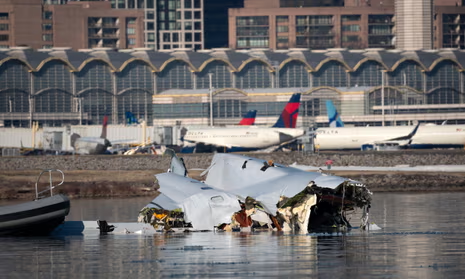Historically, Pakistan’s economy has shown periodic ‘boom-bust’ growth cycles. The for such volatile growth cycles included the wide-ranging economic challenges like shrinking of fiscal space, exchange rate pressure, mounting current account deficit, inflation, energy sector bottlenecks and the absence of a supportive environment for the private sector.
Though the national economy had recovered from the covid-19 pandemic’s adverse impacts after a 0.94 percent drop in FY2020, and maintained a V-shaped recovery by posting real growth of 5.97 percent in FY2022. This high growth, however, was not sustainable for varying reasons and has already resulted in financial and macroeconomic imbalances.
Political instability in the country also led to a huge increase in economic uncertainty. which was negatively affecting the economy at the individual, firm, and government levels. Political stability can reduce uncertainty by a government making clear policy statements to build the trust of domestic as well as foreign investors and the business community.
The coordinated monetary -fiscal policy approach after the covid-19 pandemic had succeeded in reviving real economic activity, specifically the fiscal-monetary stimulus packages had a cascading effect on growth through a revival in private investment. Additionally, the accommodative monetary policy stance in FYE2021, focused on the revival of the construction industry and mandatory housing financing targets by the State Bank of Pakistan together with the rebound in external demand had set the stage for stronger growth momentum in FY2022.
What has been stated above is more or less based on the information given in the Pakistan Economic Survey 2021-22. The Economic Survey is an important document which is released by the Finance Division of Government of Pakistan on the eve of the presentation of the federal budget for the new financial year covering economic situation and achievements of various sectors for the first nine or ten months of the preceding financial year. Economic facts and figures have been produced here from the Economic Survey only to set the record straight and for the information of all those presently treading corridors of power who were critical of the poor economic performance of the previous government.
Further, growth momentum was also observed on account of broad-based expansion in large-scale manufacturing and improved crop production in the country. However, the national economy also started showing signs of excess demand and overheating through an increase in the import volume of capital and consumer goods, energy and non-energy imports.
On the external front, the country’s exports had grown remarkably on account of policy supports provided including regionally regionally competitive tariff rates, Export Facilitation Scheme 2021, enhancement in coverage, changes in foreign exchange regulations, which all facilitated eports. Furthermore, textile policy 2020-25 had also been approved to fully utilize the potential of home-grown cotton augmented by man-made fibres and filaments to boost value-added exports.
However, a surge in commodity prices globally was exerting pressure on imports by significantly pushing up import prices. Resultantly, the sizable trade deficit of $32.9 billion during July-April FY2022 was partially financed by significant workers’ remittances. The widening of the current account deficit together with a build-up in inflationary pressures in the backdrop of the geopolitical situation, especially the Russia-Ukraine conflict, created significant challenges for sustainable economic growth. In addition, the emergence of domestic conditions topped by political instability was eroding business confidence. Thus, all in all, inflationary and external sector pressures had created macroeconomic imbalances in the national economy.
Figures-wise, briefly speaking, ,as Gross Domestic Product (GDP) had grown by 5,97 percent, Agriculture sector recorded growth of 4.40 percent, Industrial sector recorded a growth off 7.19 percent, Service sector posted an increase of 6.19 percent , Large Scale Manufacturing sector grew by 10.4 percent, revenues increased by 17.7 percent ( 8.8 percent of GDP), exports grew by 27.6 percent, exports of services sector registered a growth of 18.2 percent, textile sector especially the high value-added segment, remittances posted a growth of 7.6 percent, expenditures on Education sector grew by 9.7 percent, expenditures on Health & Nutrition grew by 30 percent, unemployment of the labour force decreased to 6.3 percent from 6.9 percent, Energy sector oil import bill suurged by as much as 95.9 percent and in Transport and Communication sector projects worth $17 billion were completed under Belt And Road Initiative (BRI).
What has been stated above is more or less based on the information given in the Pakistan Economic Survey 2021-22. The Economic Survey is an important document which is released by the Finance Division of Government of Pakistan on the eve of the presentation of the federal budget for the new financial year covering economic situation and achievements of various sectors for the first nine or ten months of the preceding financial year. Economic facts and figures have been produced here from the Economic Survey only to set the record straight and for the information of all those presently treading corridors of power who were critical of the poor economic performance of the previous government.






















